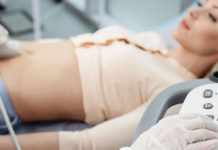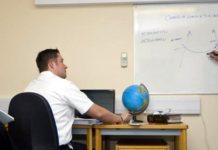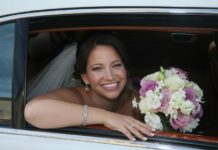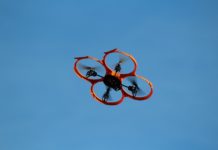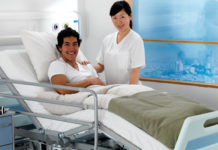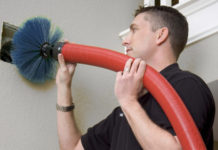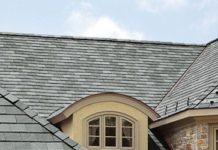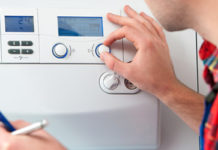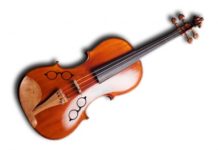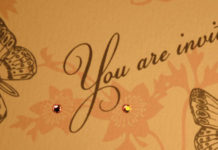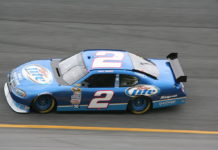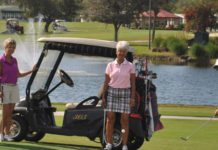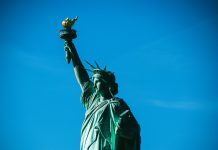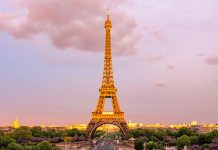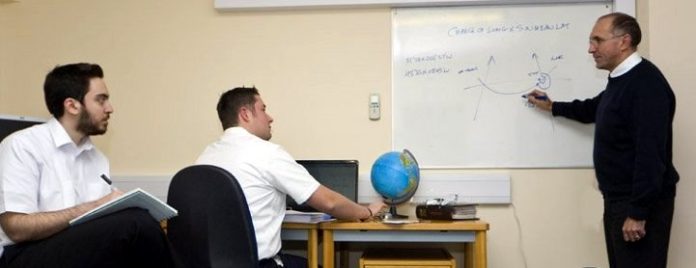Ballpark estimate: $6,000 – $10,000+
Do you dream of being able to fly? Many people want to earn their private pilot’s license and take to the sky. It can be a costly venture to delve into this hobby, so it’s not for someone on a limited budget, but if you can swing the expense, you’ll probably find that it’s truly worth every penny you spend to ultimately get the complete freedom you desire to travel anywhere.
Flying High
If you’ve ever flown in a small plane, you know that excitement you get as the plane goes full throttle down the runway and the wheels leave the ground. Your stomach drops and you quickly see the cars below get smaller as the horizon grows into view. This unparalleled feeling can quickly become addicting, prompting you to sign up for flying lessons so you can learn the in’s and out’s of maneuvering a plane safely and smoothly.
Reasons to Get Your Pilot’s License
There are many reasons why people get their private pilot’s license. Some do it for the thrill of the flight or because they want to master the challenge of using the control panel and understanding all of the things necessary to safely take off, steer, and land, while others do it to save time when they want to travel. After all, it’s so much easier to hop in a plane and fly to your destination than driving long distances through traffic or using public transportation.
Types of Pilot licenses
Before you earn your pilot license, it’s important to understand the options that exist, since not all licenses are the same. In fact, there are six separate types of pilot licenses. Three of them are for professional pilots, including commercial, flight instructor, and airline transport. While these may be worth exploring in the future, most people who set out to get their license start with the basic types. The three basic options include Sport, Recreational, and Private. Private is the most common and the most practical, as well.
Sport: The sport license is the easiest to get and has the least restrictions. This license would be for someone who stays local and wants to fly gliders, airplanes, powered parachute, rotorcraft, and lighter than air. With this type of license, you can’t fly at night and you can only carry one passenger. Also, this license prohibits flying above 10,000 feet and it is also restricted from class B, C and D airspace. To earn a Sport license, there is a requirement of 20 hours of training and you do not need a Federal Aviation Administration (FAA) medical exam to qualify.
Recreational: This license requires at least 30 hours of logged flight time, including 15 hours of dual instruction. Recreational pilots are limited to flights less than 50 nautical miles from their departure airport, can only fly during the day, and must stay out of controlled airports (class B, C and D airspace).
Private: This is the most common of the basic licenses. You can do much more than the sport and recreational license, but still have limits, such as you are not permitted to fly for hire. This license requires a minimum of 40 hours of training, with 20 hours being with an instructor. Also, with a private license you can fly at night and you can fly into controlled airspace. Further, with this license you can fly single engine land planes but may need to be endorsed by an instructor to operate models with certain features, such as those that are high performance or have retractable landing gear.
How to Find Private Pilot’s Lessons
To sign-up for private flying lessons, you can look for a flight school in your area. Typically, these are located at small airports and at larger, commercial ones, depending on where you live. Check with the school to find out what type of lessons they offer, what the availability is for lessons, and what the rate is for the plane rental and the instructor’s time. If the price is steep for your budget and/or your schedule is tight, keep in mind that you can spread the training process out over a long time period, which can help to keep the commitment more manageable. (See below, though, because saving money up front by spreading out the cost will actually cost you more over the long run.) You will also need to be 17 years of age or older to earn your pilot’s license and must be in good health, since you’ll need to pass the FAA’s Third Class Aviation Medical Exam for most license categories to ensure that you don’t have any serious medical issues that could put you at risk in the air.
Cost for a Private Pilot’s License
When determining how much you will spend to earn your pilot’s license, there are some factors you need to consider that will impact what you will spend, including the cost to rent a plane, the cost for an instructor, and the cost for airplane renter’s insurance. In addition, you will also have to pay for materials (be prepared to hit the books, since there is a ground school/written exam in addition to flying requirements to get your license) and there are fees, as well. All of these expenses can add up over the course of your lessons.
Here are some ideas of what to expect for each factor:
Plane rental: This depends on the type of plane in which you train and its age. To give you an idea of the range, an older Cessna 152 might cost $90 an hour to rent, while a Cessna 172, which is a four-seat with much more leg room, would cost $150 or more an hour.
Instruction: The flight instructor and the ground instructor will each typically charge about $45 an hour. Remember that you will need both ground and air instruction to earn your private license.
Here is an idea of how the expenses can play out. A Minimum investment for private pilot license:
- Plane Rental: 40 Hours in Cessna 150……………$3,600
- 30 Hours of Flight and Ground Instruction……….$1,350
- Test Materials and Exam Fees………………………. $ 500
- Flight Test Aircraft Rental…………………………….. $ 135
- Aircraft Renter Insurance…………………………….. $ 350
- TOTAL COST APPROX………………………. $5,935
Note: if you rent a Cessna 172 at $150/hour for your lessons instead of the Cessna 152, this would add another $2,400 to this scenario, bringing your investment to $8,335.
The above quote is absolutely possible for people to obtain their license with those figures. Just keep in mind that more typically, people will require more flying time. Therefore, they may finish closer to the following approximation:
- Plane rental: 50 Hours rental in Cessna 150………. $4,500
- 40 Hours of Flight and ground Instruction………….. $1,800
- Materials and Exam Fees…………………………………. $ 500
- Flight Test Aircraft Rental…………………………………. $ 135
- Aircraft Renter Insurance…………………………………. $ 350
- TOTAL COST APPROX……………………….. $7,285
Note: For a Cessna 172, this would add $3,000, bringing the total in this scenario to $10,285.
Making Every Minute Count
When deciding how much you can afford to invest in earning your pilot’s license both in money and time, keep in mind that the main thing that can affect your cost is how often you fly. If you fly only once a week, it will take longer to earn your license and will ultimately cost more than if you flew twice a week. Flying more is better, especially in the beginning because you will learn and do the maneuvers more often and it will be ingrained like riding a bike.
Another option for people who have the means and know they want to continue flying for many years is to buy an airplane before you get your license. This will give you the opportunity to learn to fly with your own plane and you will not have to rent a plane for training. Also, you will be much more comfortable when you do get your license because you will have learned all about the plane while training.
Other Costs
Books and learning materials can cost anywhere from $200 for at-home programs to $600 for the materials offered by flight schools. The written test cost $200 to $400 depending on the area of the country. If you would like to buy your own headset, this can cost anywhere from $100 to $300 for a good pair.



